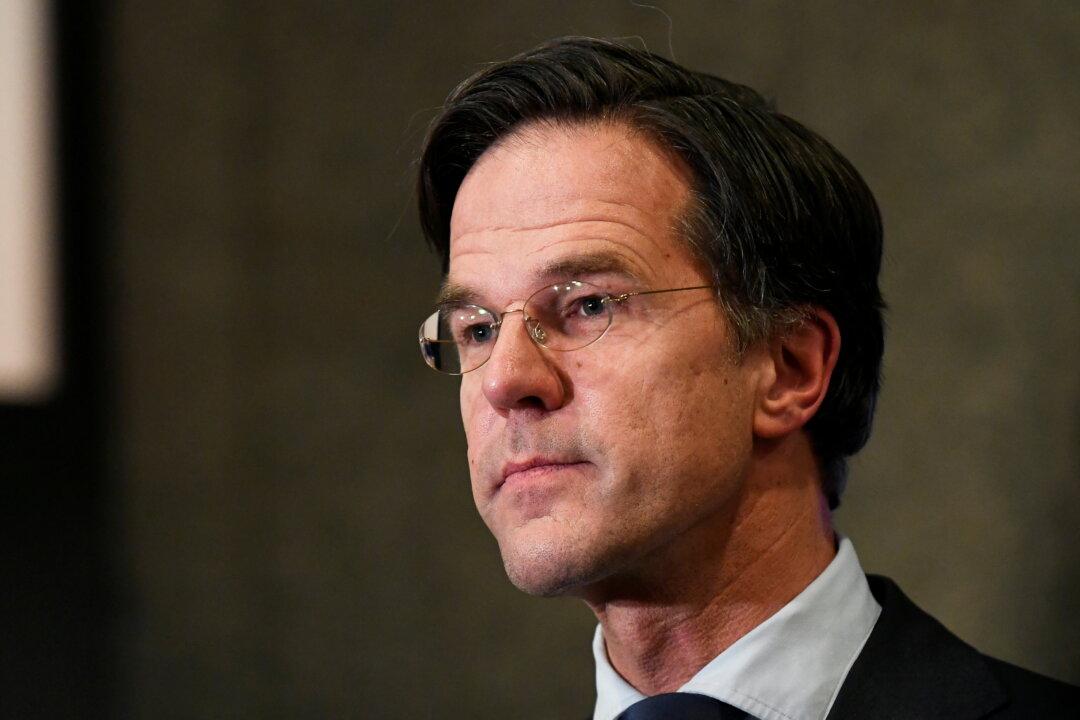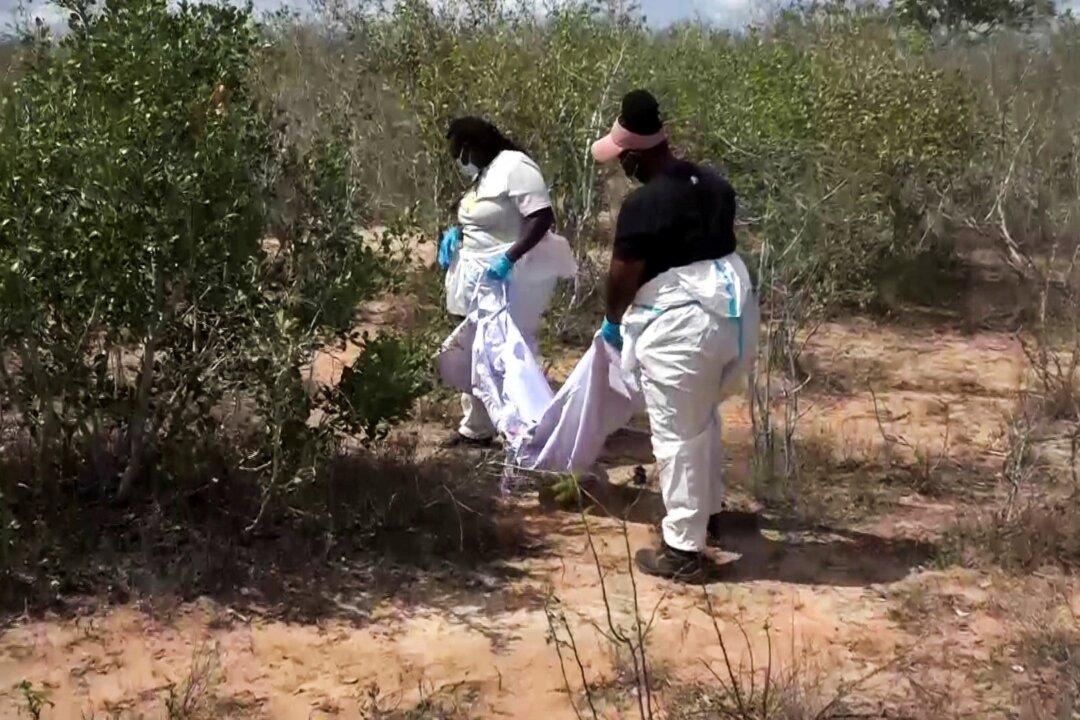AMSTERDAM—A monument listing 102,163 Dutch victims of the Holocaust was unveiled by King Willem-Alexander in Amsterdam on Sunday, the first national memorial to be built in the Netherlands.
The monument, designed by Daniel Libeskind, 75, who lost relatives in the Holocaust, lies in the center of the Dutch capital and is a labyrinth of brick walls that, when seen from above, form Hebrew letters reading “in remembrance.”





